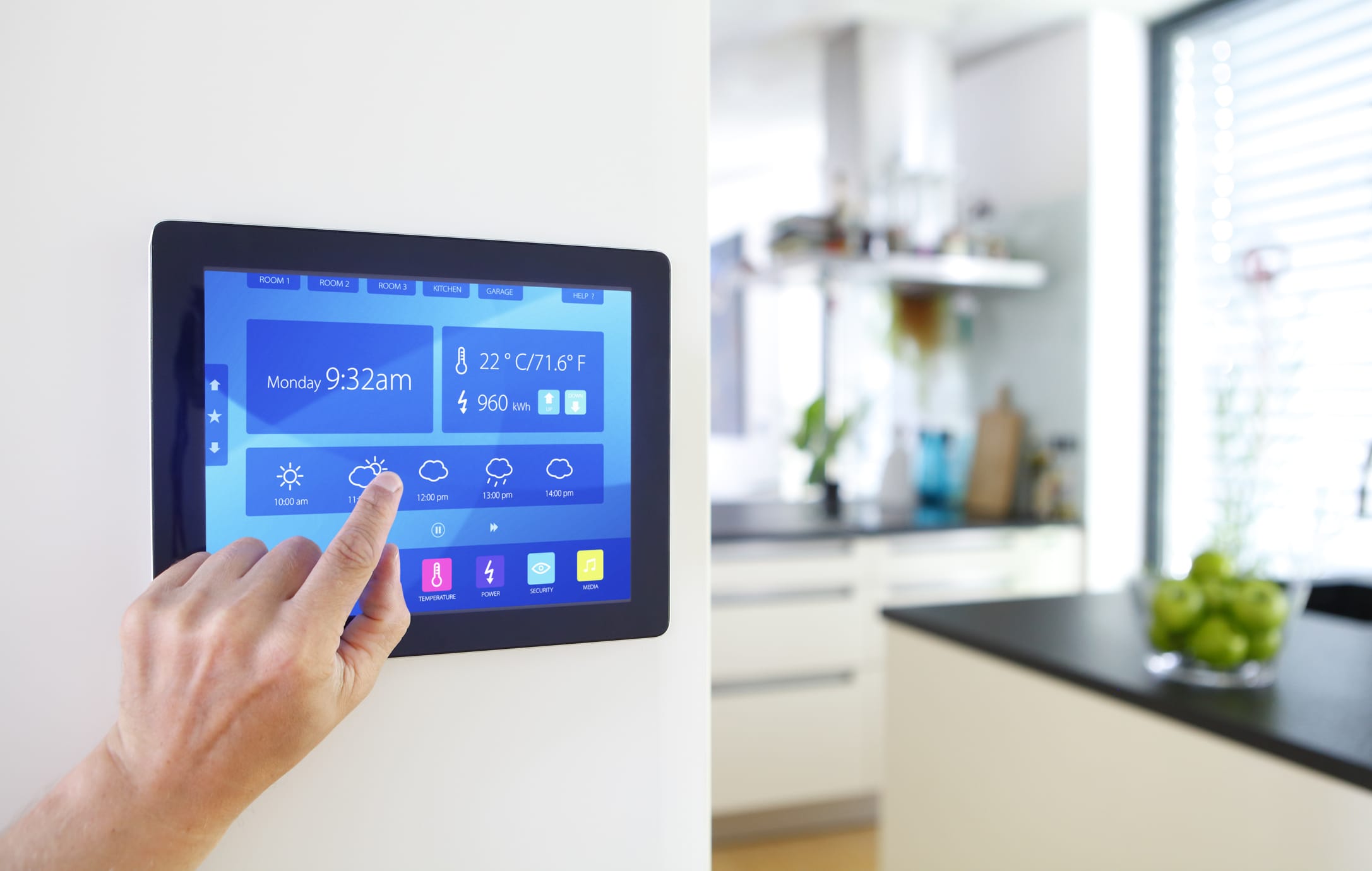We are surrounded by automation in almost every field of life, like industries, homes, and many other businesses. The advancements in systemization over time lead to the automation of the homes, where men’s effort is replaced by the machinery to do loads of home chores. This includes the automation of the home devices by one central panel using several technologies and controllers through computers, laptops or smartphones, and tablets.
- What is Home Automation?
With the help of a home automation system, you can do several operations of your home quite conveniently and effectively along with power saving. In other words, home automation makes life simple nowadays by saving electricity. Home automation includes controlling all the home appliances whether electrical or electronic in homes or even through wireless communication at some distant place. You can have complete control over your home lightings, thermostat, security system, audio/ video equipment, kitchen gadgets, and all other devices with the help of a home automation system.
Structure of Home automation system
Home automation system mainly consists of three parts:
- Sensors
- Controllers
- Actuators
- Sensors
The sensors of the home automation system are used to detect the temperature, light, movement, and other sensing objects, and finally send the updated information to the control panel. The sensors can be of various elements like thermistors, level detectors, thermocouples, pressure detectors, light detectors, IR sensors, current transformers, etc. that need an additional device for catching the signal and then communicate with the main control panel.
- Controllers
Your PC, laptop, or smartphone is attached to the controlling devices, that are used to receive the updates from the sensors and according to the programming they, in turn, control the actuators. The programming is variable depending upon the load operations. Several sensors and actuators are connected through a variety of input and output units, both analog and digital ones, through programmable controllers.
- Actuators
They are concluding controlling devices such as transmitters, limit switches, and other controlling procedures that eventually control the home devices. The vital role is played by the communication system for remote access in the home automation system. Continuous scrutiny is possible through the cameras, programming, and power-saving operations. So, it is recommended for the elderly and disabled family members to use this equipment for immediate help.
Types of Home Automation Systems
The home automation system is implemented based on the type of controls, whether it is with or without wires. Following are commonly available types of the home automation system:
- Power line Home Automation
- Wired or BUS Cable Home Automation
- Wireless Home Automation
- Power Line Home Automation System
This type of home automation uses already available power lines instead of the new additional cables for the data transfer. While this system needs additional converter circuits and equipment that makes them quite complex. This system is relatively inexpensive than the other types.
- Wired Home Automation System
A communication cable is used in this type of home automation, which is used to connect all home devices to the main control panel. There is a connection through wires between the controllers and the actuators to complete the programming. The computer plays the central role to control the whole process that communicates continuously with the main control panel.
- Wireless Home Automation
The most developed and innovative form of home automation is the wireless system. The Smith Thompson Houston provides wireless technologies like GSM, ZigBee, IR, Wi-Fi, Bluetooth, etc., for distant access to control the home operations. Such a process can be controlled by your smartphone, tablets, or other devices.

